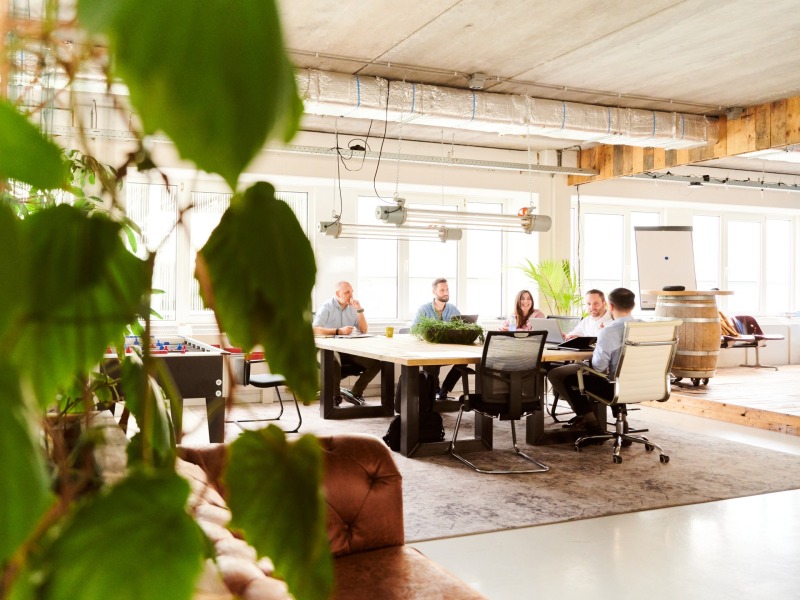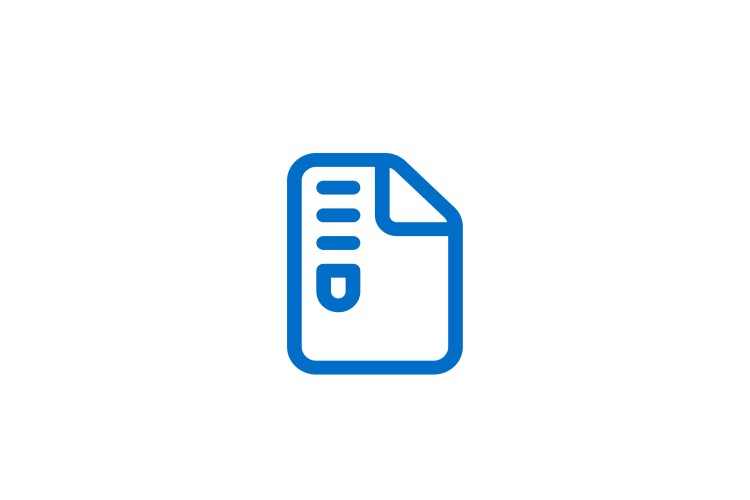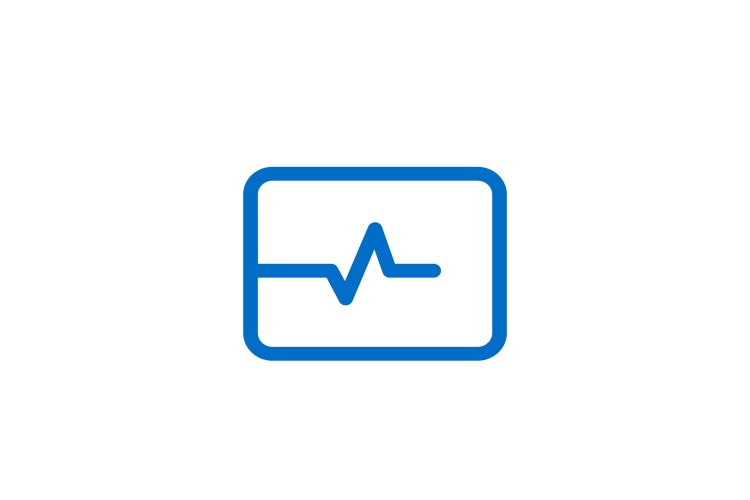For adesso, this means making sustainability a quality criterion for software throughout all phases of the software engineering process. We are committed to this goal because it is the right thing to do and because it is our duty to do so. That is because sustainability as a quality criterion for software comes as natural to us as maintainability and usability do.

Sustainable Software
Sustainable software development is our speciality
Good software is sustainable software
Thou shalt not waste – not even in software development
Initiatives
Together with our partners towards more digital sustainability
Sustainable software
Our goal is to minimise the environmental impact of software and the related development process. In addition to keeping power consumption and the use of hardware resources to a minimum, this also includes extending the service life of hardware and the targeted operation with electricity generated from renewable sources. As software engineers, we play our part by developing technologies that help our customers achieve their sustainability goals.
Development process
Everyone involved in the software development process must do their part to reduce the environmental impact of software. To make this possible, we train our employees and raise their awareness for activities and decisions where they can achieve the maximum impact in terms of environmental sustainability.
Do you have any questions?
Get in touch with us to learn more about what we do to make software development environmentally friendly.

Team Lead & Senior Software Engineer Tim Gölz tim.goelz@adesso.de





